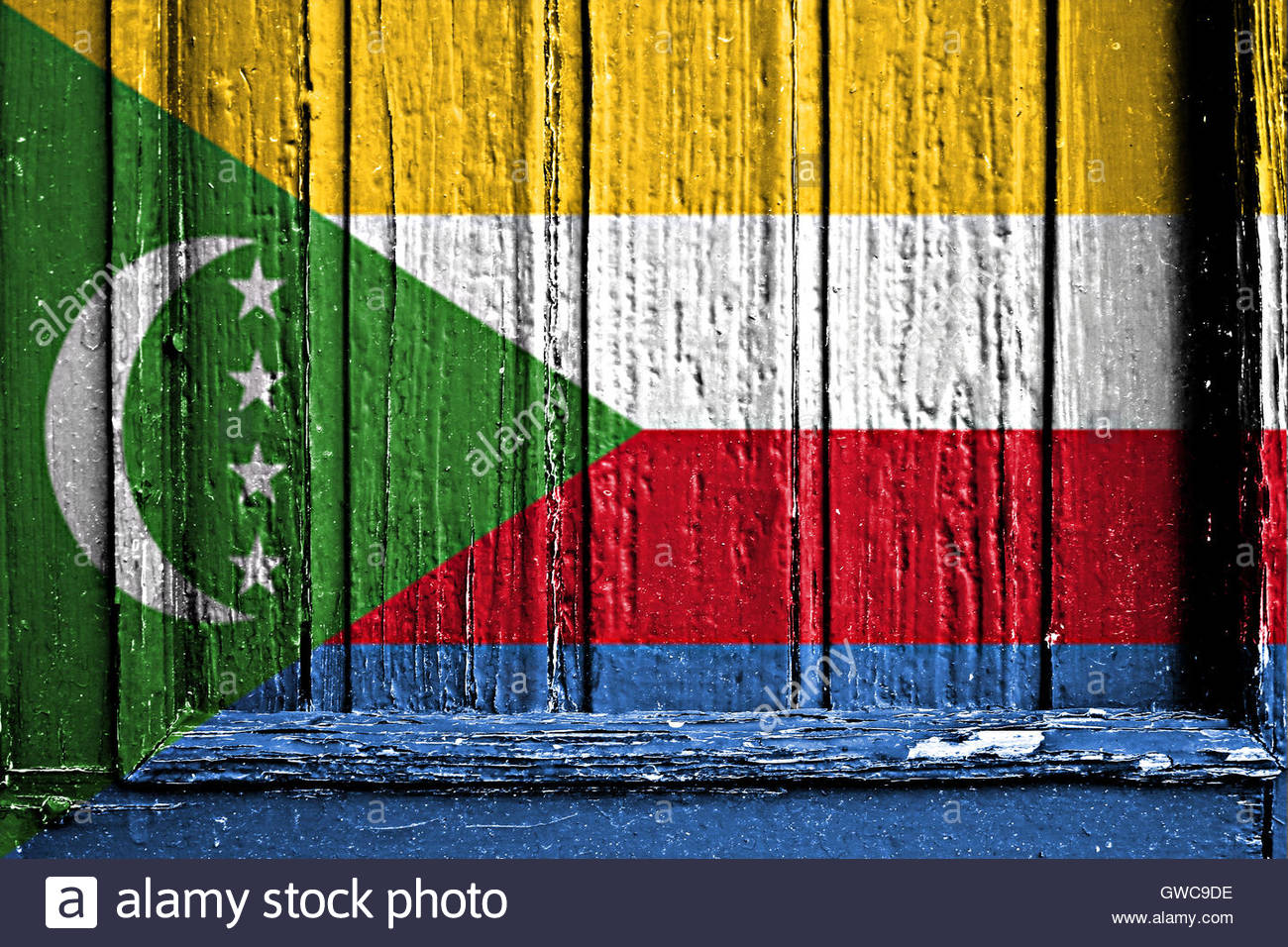

The current flag was adopted as Austria’s national flag in 1918 and as a civic emblem in 1921, and was reintroduced on, when the German. The red-white-red bands appeared for the first time in 1787 on national military insignia. The white stripe stands for purity, peace and tranquility-in other words, having everything go right as planned! People who like order may gravitate toward this part of the flag because it means everything will go smoothly if they follow it closely enough (and by “following closely enough” we mean doing exactly what they want).įinally there's the red stripe for bravery and strength-the blood shed by martyrs throughout history during times when persecution was at its worst! From the 13th century onwards, the Austrian flag consisted of a red shield on a horizontal white band.

From the late 19th century Southern Rhodesia (now Zimbabwe) denied representative government to its African. The flag of Bolivia emoji is depicted by three horizontal stripes (red, yellow, and green) with the Bolivian coat of arms in the center. The flag’s width-to-length ratio is 1 to 2. A white hoist triangle bears a red star and the Zimbabwe Bird. People who identify as Muslim might have a special connection to this color. national flag consisting of horizontal stripes of green-yellow-red above and red-yellow-green below a central black stripe. The green stripe represents nature and agriculture-two things Abkhazia has plenty of! But it also represents Islam because Muslims are often referred to as “green people” in parts of Central Asia and Africa. The nation has a flag with three horizontal stripes: green, white, and red. Abkhazia is a small, semi-autonomous region in the Caucasus that has been independent for over 25 years.


 0 kommentar(er)
0 kommentar(er)
